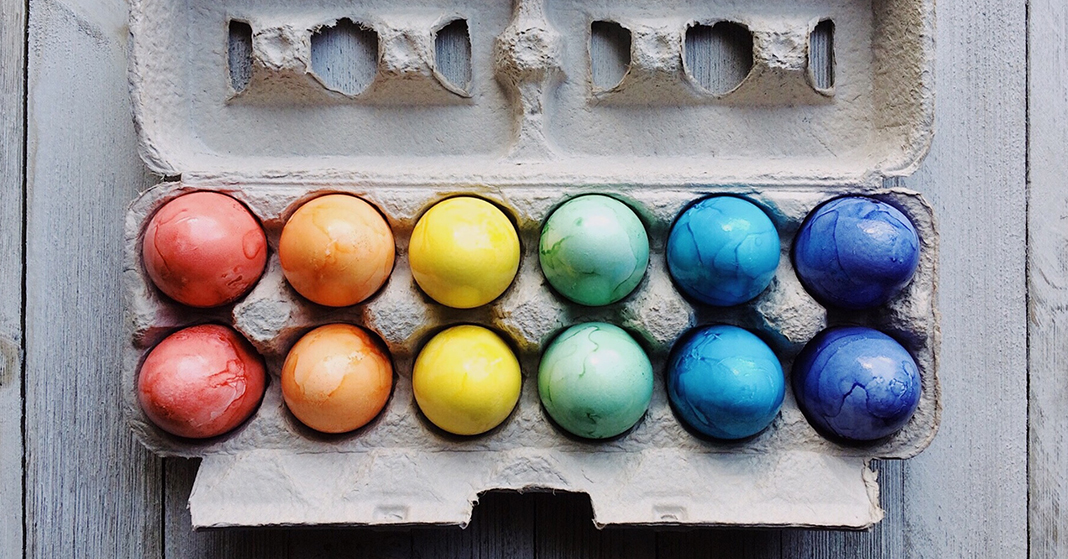
Where would we be had Jesus Christ not risen from the dead? First Corinthians 15:17 gives the answer: “If Christ be not raised, your faith is vain; ye are yet in your sins.” The gospel would be incomplete apart from the resurrection because it provides proof that God had accepted the sacrifice of His Son. Because Jesus conquered death as well as sin, we can now have eternal life. This incredible truth gives us much to celebrate during this season! Here are a few Easter activities you can use to help your family really understand and enjoy the meaning of Easter.
Resurrection Garden
These mini gardens are simple to assemble and serve as a great visual reminder of Christ rising from the dead. Here’s what you need and how to do it:
- a shallow potting dish
- a small terra cotta pot (2–3”)
- potting soil
- one large rock for the tomb entrance
- six small twigs (and craft glue or twine) for making crosses
- grass seed
- small stones or moss for decoration (optional)
- Lay the small pot on its side in the center of the potting dish.
- Scoop potting soil into the dish, mounding it all over and around the small pot to form a hill.
- Sprinkle grass seed on the soil.
- Mist with water from a spray bottle, making sure the soil gets plenty of water.
- Place the large rock off to the side of the small pot to mimic the empty tomb.
- Make three crosses with your small twigs and place them on top of the “hill.”
- Add moss, decorative stones, and anything else you would like to complete your garden tomb.
Resurrection Eggs
This is a great way to teach younger children the story of Jesus’ betrayal, crucifixion, and resurrection. You will need a dozen plastic eggs, an empty egg carton, and 11 small items (one to place inside each egg, leaving one egg empty to signify the vacant tomb). You can include (but aren’t limited to) these:
- Leaf—representing the palm branches used at the triumphal entry
- A piece of cracker—representing the Last Supper
- Three dimes—representing the pieces of silver Judas accepted for betraying Jesus
- String or yarn—representing Jesus’s flogging
- Thorn—representing the crown of thorns
- Three nails—representing the crucifixion
- Dice—representing the soldiers’ gambling for His clothes
- Sponge—representing the vinegar offered to Jesus on the cross
- Cloves or other spice—representing the spices used in Jesus’ burial
- White cloth—representing the linen burial cloth
- Rock—representing stone that closed the tomb
You can either open all the eggs at once while teaching this account or open one each day in the days leading up to Easter Sunday.
Easter Poem
Since April is National Poetry Month, consider having your children write the story of the resurrection using creative shape poems.
With a cross poem, encourage your children to focus the first four lines of their poem on the death of Christ, the next two on His burial, and the last six on His resurrection. Or with older children, you can try the form George Herbert used in his poem, “Easter Wings.”
May the miracle of Christ’s resurrection fill your family’s hearts with joy and gratitude as you celebrate this Easter!
• • • • •
Jennifer is a pastor’s wife and mom of two young girls and loves homeschooling them. During her own twelve years of being homeschooled, Jennifer developed a passion for reading and writing. She earned a bachelor’s degree in creative writing and relishes writing during her free time.